TaylorMade JetSpeed Driver Review
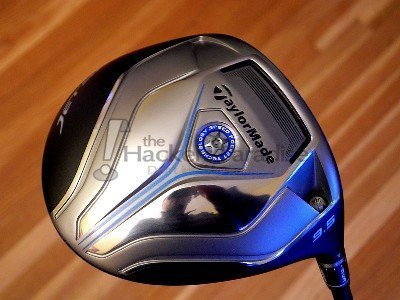
Launched aboard an actual jet like only TaylorMade could do, the JetSpeed line of metalwoods features much of the same technology we’ve seen in the SLDR line, but at a lower price point and in a setup that could appeal to a different segment of players.
About JetSpeed
The JetSpeed driver isn’t called JetSpeed for nothing. All elements of this club converge to promote extreme velocity. Swing speed. Clubhead speed. Ball speed. When a jet puts the pedal all the way to the metal it’s known as Full Military Power. That’s what JetSpeed delivers.
- First Speed Pocket engineered for a driver promotes more distance on hits low on the face
- Low-and-forward CG promotes faster ball speed and lower spin-rate for more distance
- Long and light – 46” / 299 grams — promotes faster swing speed for more distance
- Shallow profile allows ultra-low CG to promote high launch for more distance
- Streamlined head-shape promotes faster swing speed for more distance
- Matrix Velox T 49 shaft promotes fast swing speed for more distance
- Matte black crown reduces glare / tonal decal makes alignment easy
Specs
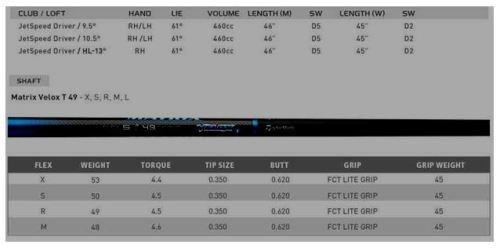
Key Technology
Speed Pocket
The JetSpeed is the first TaylorMade driver to feature the omnipresent Speed Pocket that has made an appearance in almost every other product the company has released in recent times. While the Speed Pocket is often given credit for distance gains in other TaylorMade clubs, with the JetSpeed driver it has been incorporated to increase forgiveness, specifically low-face forgiveness.
Due to face curvature, the common result from low face misses with drivers is a shot with increased spin, which often results in a higher, shorter shot. On the JetSpeed, the Speed Pocket was designed to allow the driver to maintain lower backspin rates with this miss, which in theory should help preserve carry distance.
It should be noted that because the Speed Pocket is filled with a polymer, there are no issues with material collecting inside it like we’ve seen with some other slotted clubs in past years.
Low-Forward CG
If you’ve paid any attention to current driver technology, you already know that there has been a bit of an about-face with the location of the center of gravity (CG) in the last year. TaylorMade led that charge with the introduction of the SLDR in the summer of 2013. Explaining the change in direction, TaylorMade says that low-forward cg location “has been proven in previous TaylorMade drivers to generate faster ball speed and lower spin compared to the low-back CG that has for years been accepted as the best location for promoting distance. Because low-forward also promotes a lower launch angle, most players will have to “loft up” to realize the full distance-enhancing benefits of JetSpeed.”
As THP discussed in the reviews of the SLDR line, the negative side to the gains realized through low-forward CG placement is a potential loss of forgiveness, though the addition of the Speed Pocket the JetSpeed driver does attempt to address that issue.
Long and Light
Though TaylorMade moved away from idea of ‘longer and lighter is longer’ with their past few driver releases, the JetSpeed brings that idea back. A streamlined head shape combines with a 46” Matrix Velox T shaft that weighs in at 50g. At a total weight of 299g, the JetSpeed is among the lighter drivers on the market at the moment.
Aesthetics
Visually, the JetSpeed driver shares many traits with the SLDR, especially on the sole. Sharing the same cerulean blue and shiny chrome finish, the most glaring difference between the two is the lack of a sliding weight on the JetSpeed.
A matte black crown with graphics reminiscent of the Burner driver further serves to give the JetSpeed its own identity from the SLDR. The crown’s finish is a huge departure from anything TaylorMade has released in a very long time and should be attractive to many people. As is the norm for TaylorMade, the entire club features the same blue color scheme, with the Velox shaft specially painted to match the head.
In hand, the club feels nicely balanced considering the light weight. The Velox shaft plays a part in this, as it is designed with more weight towards the butt end, which accommodates today’s modern, lighter driver heads. At impact, the JetSpeed’s sound falls right in the middle between loud and muted, with a touch of hollowness. While not extremely pleasing, it wasn’t offensive by any means and most will find it satisfactory.
Performance
The JetSpeed Driver was tested on the golf course and using a Vector X launch monitor. The club tested was 9.5° in loft with the stock Matrix Velox in stiff flex.
Distance and Trajectory
With center impact, the JetSpeed delivered higher ball speeds along with medium launch and lower spin rates. This combined to produce a boring, mid trajectory ball flight and above average total distance. Carry distances weren’t the longest seen by this tester in the last year, but were acceptable could have been increased via lofting up to increase launch angle. Still, the trajectory resulted in more roll out than normal, which was great for late fall in the Midwest.
Considering the spin rates seen in Vector testing, those players looking to reduce spin may find some help with the JetSpeed, especially with the right shaft, but those lacking spin may struggle to find a suitable trajectory unless they opt to increase loft. The shaft should help to raise ball flight, as it’s higher launching, but even then, spin rates were on the low side.
Forgiveness and Dispersion
As discussed earlier, low-forward CG placement does have a negative effect on MOI and the JetSpeed was not immune to that, even with the addition of the Speed Pocket. While low face forgiveness was better than expected, lateral misses were still punished somewhat severely.
As a player that relies on accuracy rather than length off the tee, this proved to be troublesome at times. A typical scenario on a toe miss was a ball that started low, hooked quite severely, and then chased either off the fairway or out of play. Center impact was consistently accurate for the most part, even with the longer shaft, but a high-toe miss proved to be rather penal.
This does leave the question of who exactly the JetSpeed is designed for. The assumption that it was made for the higher handicap player (in comparison to the SLDR) may not be the case in our opinion. The lack of lateral forgiveness could make it a tough sell for those that have trouble consistently making center contact. Rather, it may be best for the player that hits the center of the face often, needs more swing speed, and possibly wants to lower spin rates.
Final Thoughts
At $299.99, those consumers looking for “SLDR Lite” may find just what they are looking for with the JetSpeed driver. The lower price point and slightly more user-friendly setup could prove attractive to a certain segment of players noted earlier, but many will be excluded as well, just by virtue of lower forgiveness and lower spin. While the potential for distance gains is there with the low-forward CG placement and longer/lighter build, players relying on forgiveness with off-center contact may find themselves wanting a little more. For more information, you can check out TaylorMade’s website at www.taylormadegolf.com.



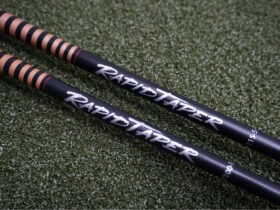
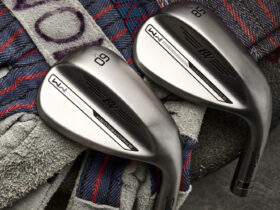
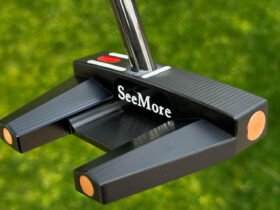

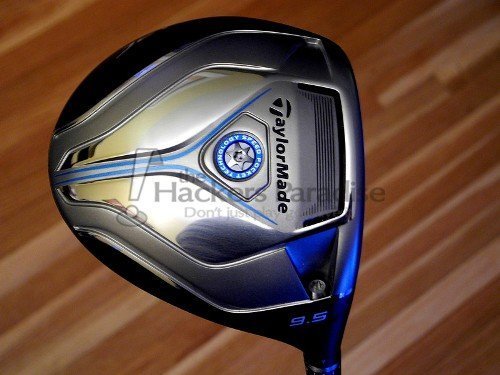
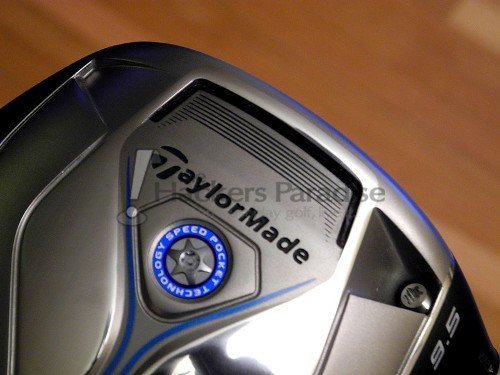
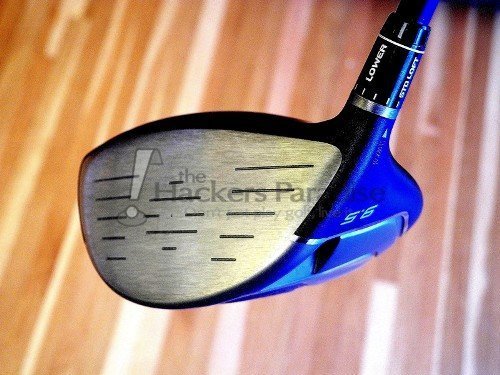
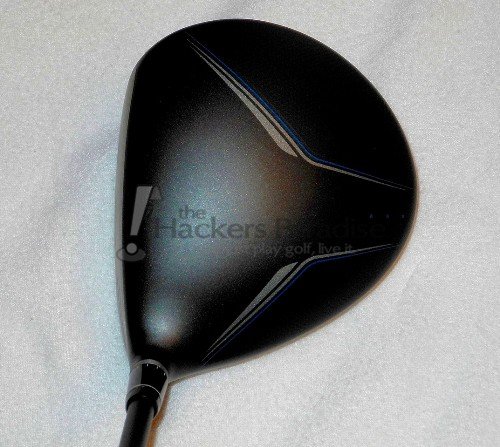
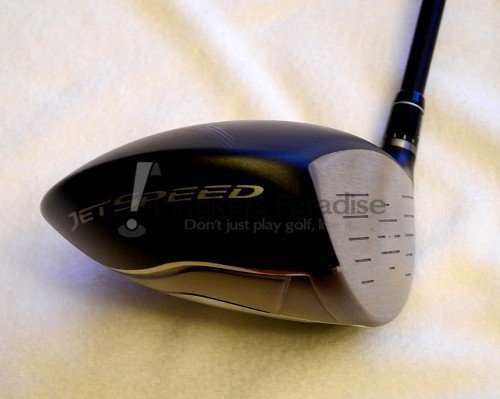





Very nice write up Hawk. Always very thorough. These are definitely interesting. A lot of interesting tech points. The 46″ length at that weight is a bit of a trip to me. Head shape reminds me of the superfast lines, which is a bit of a turnoff to me. I will definitely give these a swing though when I can.
Nice job Hawk. Nice looking and I like the speed pocket concept, but now we are back to the extra length shaft and low forward CG with less spin needing more trajectory… sounds contradictory. Pretty sure I’ll need the extra spin rates to keep my ball in the air and more forgiveness, but well worth a try on the monitor this winter.
Nice job on the review Hawk. I know this was a tough review for you because, like me, we rely on forgiveness with our drivers and something this punishing off the toe is worrisome. Solid information though. I have a love hate relationship with TaylorMade drivers and woods so I will likely skip this release. It is a really nice looking club though.
Great review Ryan. It’s interesting to see how the speed pocket has evolved over time from the speed slot. Sounds like Taylormade has a great performer on their hands with this one! I know I could really benefit from the low face forgiveness.
Nice write up Ryan, so far I’m a fan of the new driver offerings from Taylormade and I’d bet this one would be no different.
Another great review, Ryan!! Being a high handicapper forgiveness is something I need in a driver so this may not be for me, but I still want to try it. Ya never know.
Great review Ryan. I am puzzled with this driver. It seems to me like they took some of the characteristics of a more expensive driver, and put it into this and dropped the price $100 bucks. It doesn’t make sense IMO to have 2 driver lines that are both very unforgiving on off-center hits. Seems to go away from what TM used to do, but I am sure they will still sell pretty well
Thorough review here Hawk! I liked the premise of the speed pocket to help with the low face shots but was a bit disappointed to read that across the face misses were quite penal. Was hoping this would be a good alternative to the SLDR in that aspect but I suppose it’s not.
Unsure what TM has in the plans, but I’m still waiting for a R1 replacement that provides similar performance.
That is one great looking driver form the crown to the back! Can’t wait to see if it hits as good as it looks! Thanks Hawk!
Great review. Thorough as always.
I’m surpised to read that this one is less forgiving. I’m in the same boat where I place a premium on accuracy vs distance off the tee & hoped this might be a better fit than the SLDR. TM has always been a difficult driver for me to hit, so I will probably pass, but the golf nut in me will have to take a coupld of swings on a sim and check out the results.
Great thoughts Ryan. I was in the boat of assuming this was the forgiving option from Taylormade this season, but appears that may not be the case, which is shocking.
Nice review Hawk. I absolutely love the look at address but a lack of forgiveness across the face worries me.
In-depth review indeed. THP reviews are always great to read and it’s great to see that writers on THP are being appreciated by readers for their pieces.
Count me among those who are puzzled by the Jetspeed.
It seems that it’s being promoted more for what it isn’t than what it is. It isn’t the SLDR for those who didn’t like the SLDR (like me). It isn’t the R1 or RBZ2. It isn’t longer, it isn’t more forgiving. It doesn’t have the SLDR’s low (dead) spin for slower swingers. It doesn’t have the deep face of the RBZ2 (like that’s a bad thing).
So what is it? I don’t know, but at least you can’t get dirt in its slot.
There’s one other thing it isn’t — it isn’t for me.
Saw these clubs today and had to look at…side by side with the SLDR , the head on jetspeed looks bigger… Having finally gotten in a few rounds with my SLDR , I am very happy with it…picked up some distance over the old rbz driver I had..
Had a hit yesterday with it on the monitor, enjoyed it, it felt beefy i guess you could say, it didn’t feel like a toy like TM drivers usually feel like, to me at least.
The shaft was alright, good ball flight and the stiff held up fine to my 108mph swing speed.
Won’t knock the Amp Cell out of the bag but i enjoyed hitting it.
Ryan
Hit the speedline this w/e. Felt nice but I all my numbers on the trac man were almost exactly to my Rocketballz driver from 3 years ago..
Any thoughts, I was expecting some further distance…
Best driver in awhile…..it gave me 40 yards on my drive
France or Germany? That is a big deal if you ask me, as I am trying to choose which
nation to (later on) spend another four or five (at least) years
of my life. Which country provides better: Education opportunities (especially university smart) Atmospheres (how will be the people, locations,
attractions) Is certainly French or German simpler for an…
display more Germany may be the better English friendly place.